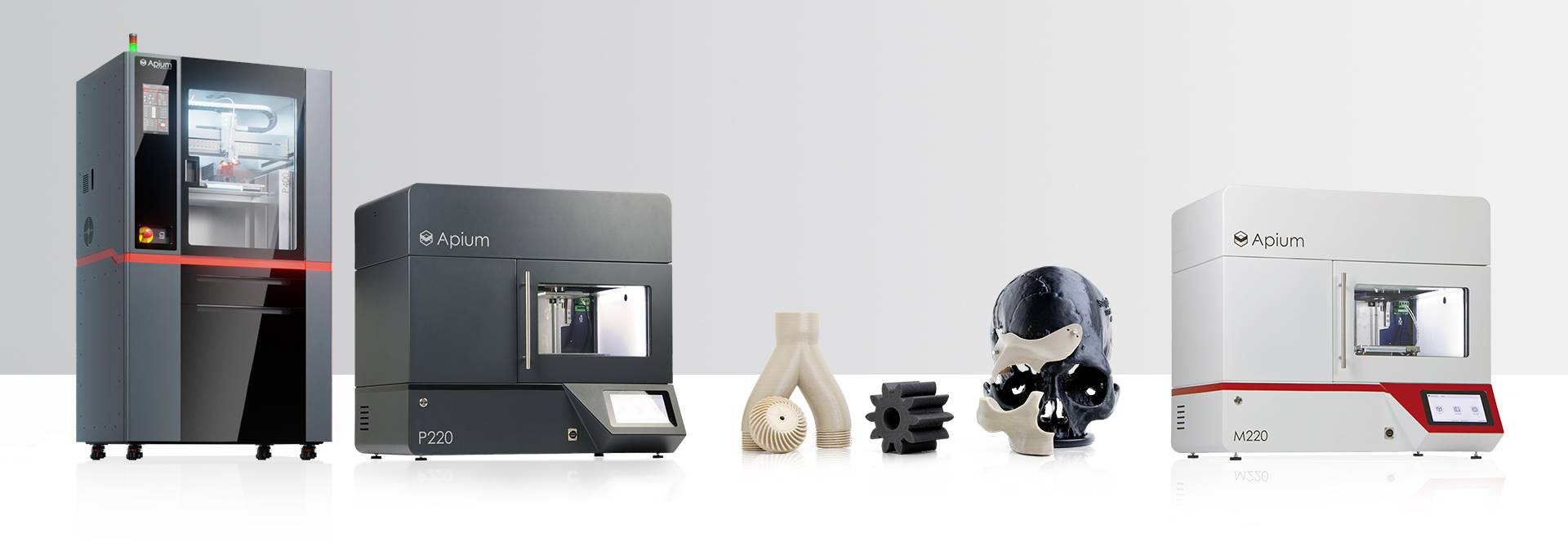
Equipment And Methods
In this study, an Apium P220 industrial-grade fused deposition fabrication (FDF) 3D printer was used with the aim of exploring the machining performance of carbon fiber-reinforced polyether ether ether ketone (CFR-PEEK) materials under different process parameters. Using the Apium P220, three samples with different volumes and build orientations were designed and fabricated: cubes, horizontal rectangles, and vertical rectangles, as shown in Fig. 1.By adjusting the layer thickness and print speed, this study aimed to evaluate the effect of these variables on the energy consumption during the material extrusion process and on the dimensional accuracy of the finished product. The effect of process parameters on the performance of the FFF process was further analyzed by measuring the energy consumption and dimensional accuracy of the fabricated samples.

Figure 1.Three sample types in the study
Results And Discussion
1、Relationship between energy consumption and MAR
The linear relationship between energy consumption and MAR inverse was modeled through detailed regression analysis of the experimental data. The results of the regression analysis are shown in Table 1, where the linear relationship between energy consumption and the inverse of MAR is highly significant, with coefficients of determination (R²) exceeding 99%, regardless of the sample volume size or build direction. This finding suggests that the energy consumption required for FFF processing with CFR-PEEK decreases significantly as the MAR increases, i.e., the amount of material deposited per unit time increases.

Table 1.Regression model for energy consumption。** p < 0.05
As can be seen more visually in Fig. 2b, the energy consumption of all three sample types shows a clear non-linear decreasing trend as the MAR increases. This result not only highlights the possibility of optimizing MAR to reduce energy consumption, but also reveals the importance of controlling the material addition rate by adjusting the printing parameters.
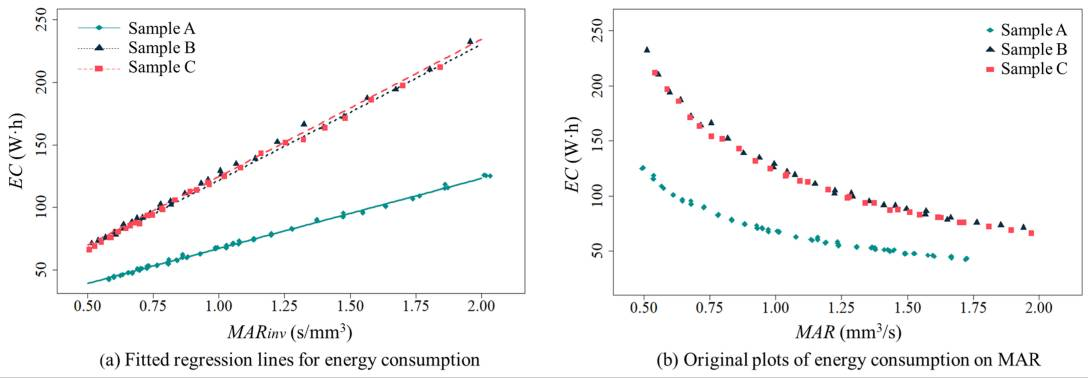
Figure 2. energy consumption on MAR for each sample type
2、Relationship between energy consumption, dimensional accuracy and MAR
The results are shown in Table 2, and the linear regression analysis reveals a significant linear relationship between the energy consumption and the inverse of MAR, indicating that the energy consumption decreases linearly with the increase of MAR, especially in the vertically constructed samples, and this trend is more significant.

Table 2 . Regression model for dimensional accuracy ** p < 0.05
Meanwhile, MAR was also shown to be a key linear predictor affecting dimensional accuracy, with dimensional error increasing linearly with increasing MAR, especially in the vertical build samples, where dimensional accuracy was most sensitively affected by MAR, as shown in Fig. 3. These results emphasize that a reasonable choice of MAR is crucial to optimize the balance between energy consumption and dimensional accuracy in the FFF fabrication process, especially for vertically-built samples, where precise control of MAR is required to ensure that the goal of both reducing production cost and ensuring product quality is achieved.

Figure 3. effect of MAR on dimensional accuracy for each sample type
3、Determining the appropriate MAR to balance energy consumption and dimensional accuracy
Based on the regression analysis considering energy consumption and dimensional accuracy, a further trade-off study was carried out with the aim of determining a suitable MAR that satisfies both performance metrics.After modeling and optimization calculations, the required MAR varies for samples of different volumes and build orientations. As listed in Table 3 and Fig. 4, the suitable MAR for small volume sample A is 1.40 cm³/s, that for horizontally constructed large volume sample B is 1.30 cm³/s, and that for vertically constructed large volume sample C is 1.01 cm³/s, the latter of which is relatively low.

Table 3.Derived suitable MAR for overall additive manufacturing performance
This difference is mainly due to the significant decrease in the dimensional accuracy of sample C at higher MAR conditions, suggesting that the choice of MAR for vertically constructed samples needs to be more prudent when optimizing MAR to balance energy consumption and accuracy.
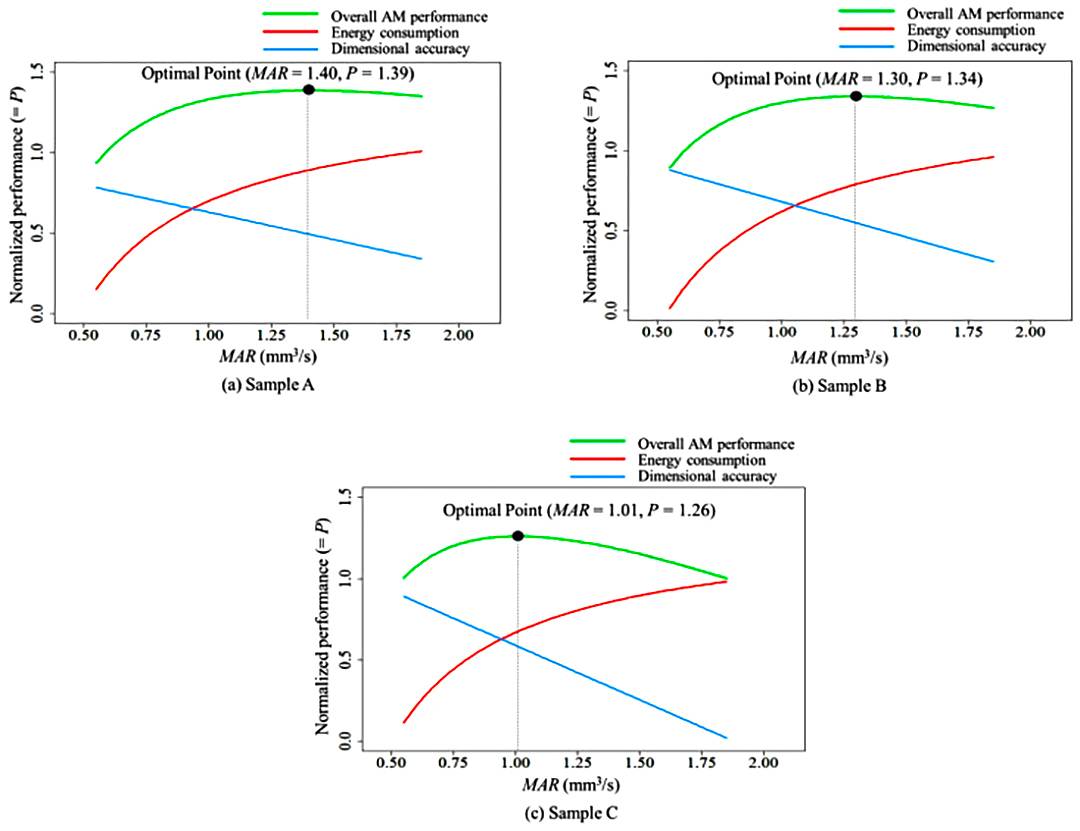
Figure 4. suitable MAR for maximizing overall additive manufacturing performance
Conclude
Optimizing The MAR Of CFR-PEEK In FFF Manufacturing To Balance Energy Consumption And Dimensional Accuracy
Through systematic research design, accurate data collection and analysis, the quantitative relationship between MAR and energy consumption and dimensional accuracy is revealed, and then the appropriate MAR level is identified to balance these two performance indicators. The results show that the appropriate adjustment of MAR can not only effectively reduce the energy consumption but also significantly improve the dimensional accuracy of the components during the FFF manufacturing process, and this finding is of great significance especially for demanding application scenarios such as aerospace and medical fields.
Combined with regression analysis and trade-off studies of energy consumption and dimensional accuracy, this paper identifies appropriate MAR levels for samples with different volumes and build orientations, providing practical guidance for the application of CFR-PEEK materials in the FFF manufacturing process. These findings not only demonstrate the possibility of optimizing fabrication performance through careful tuning of process parameters, but also provide valuable technical insights into the application of additive manufacturing technology in complex material systems.

This study reaffirms the importance of additive manufacturing technologies, especially FFF, in modern manufacturing and the potential of high-performance materials such as CFR-PEEK in achieving higher manufacturing efficiency and better product quality. In the future, the optimization of process parameters under different material systems will be further explored and how these parameters affect a wider range of performance metrics, thus promoting the application and development of additive manufacturing technologies in a wider range of fields.
Original Link:Investigation of an Optimal Material Addition Rate for Energy Consumption and Dimensional Accuracy in Fused Filament Fabrication of CFR-PEEK.DOI:10.3390/polym16040492.




























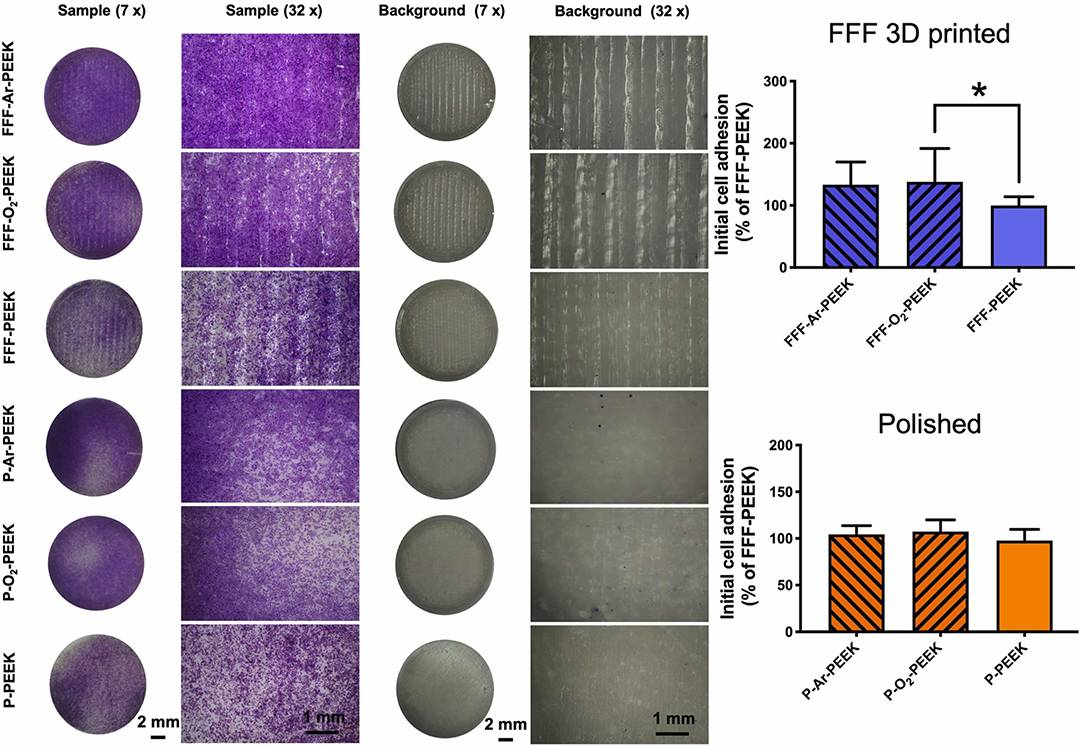
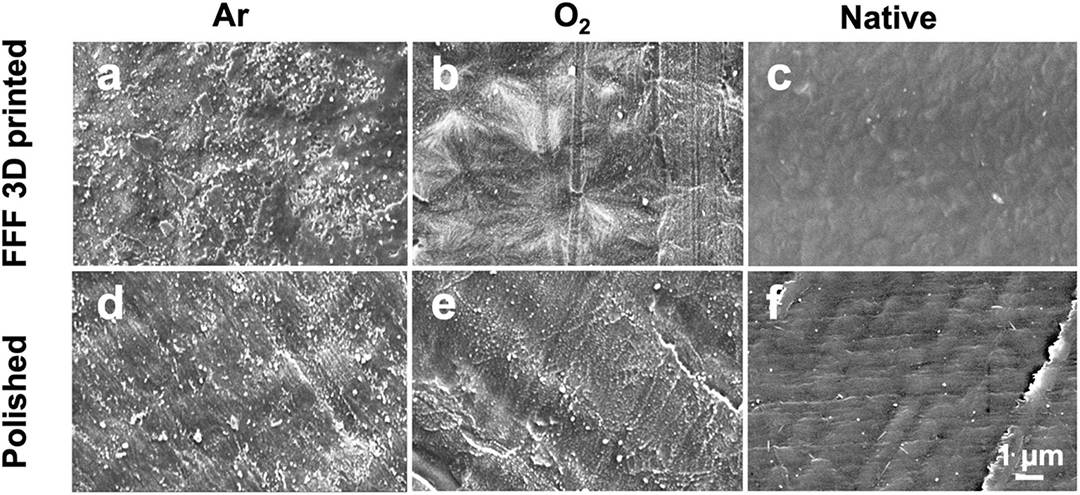
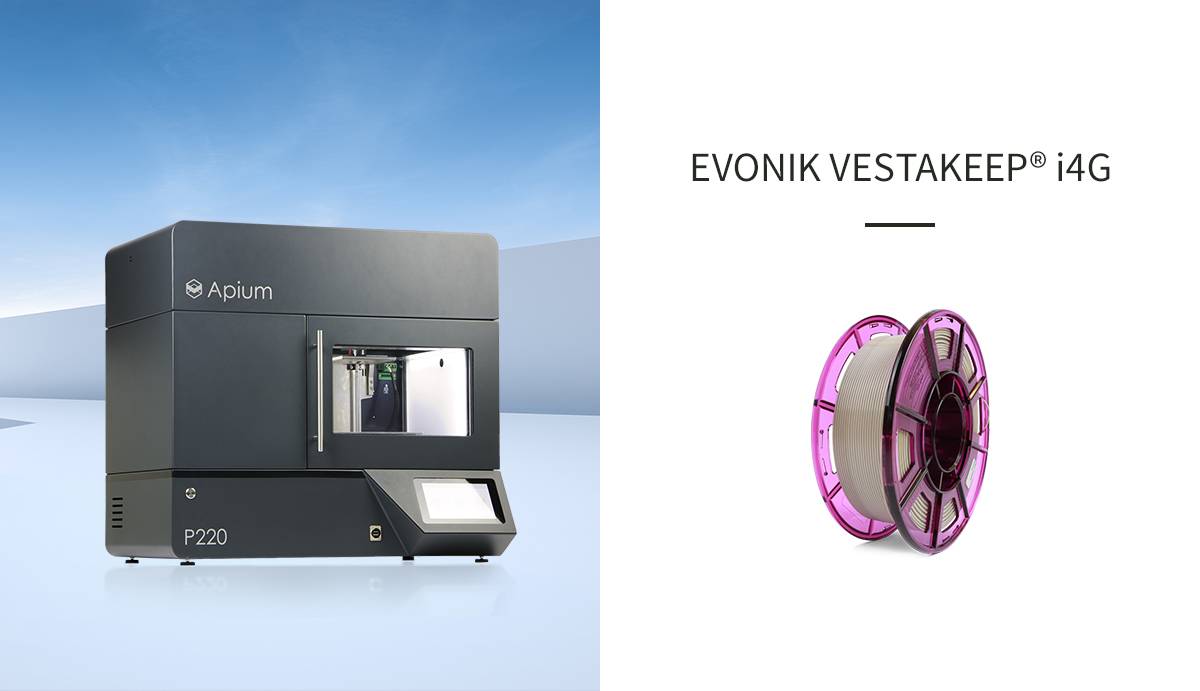


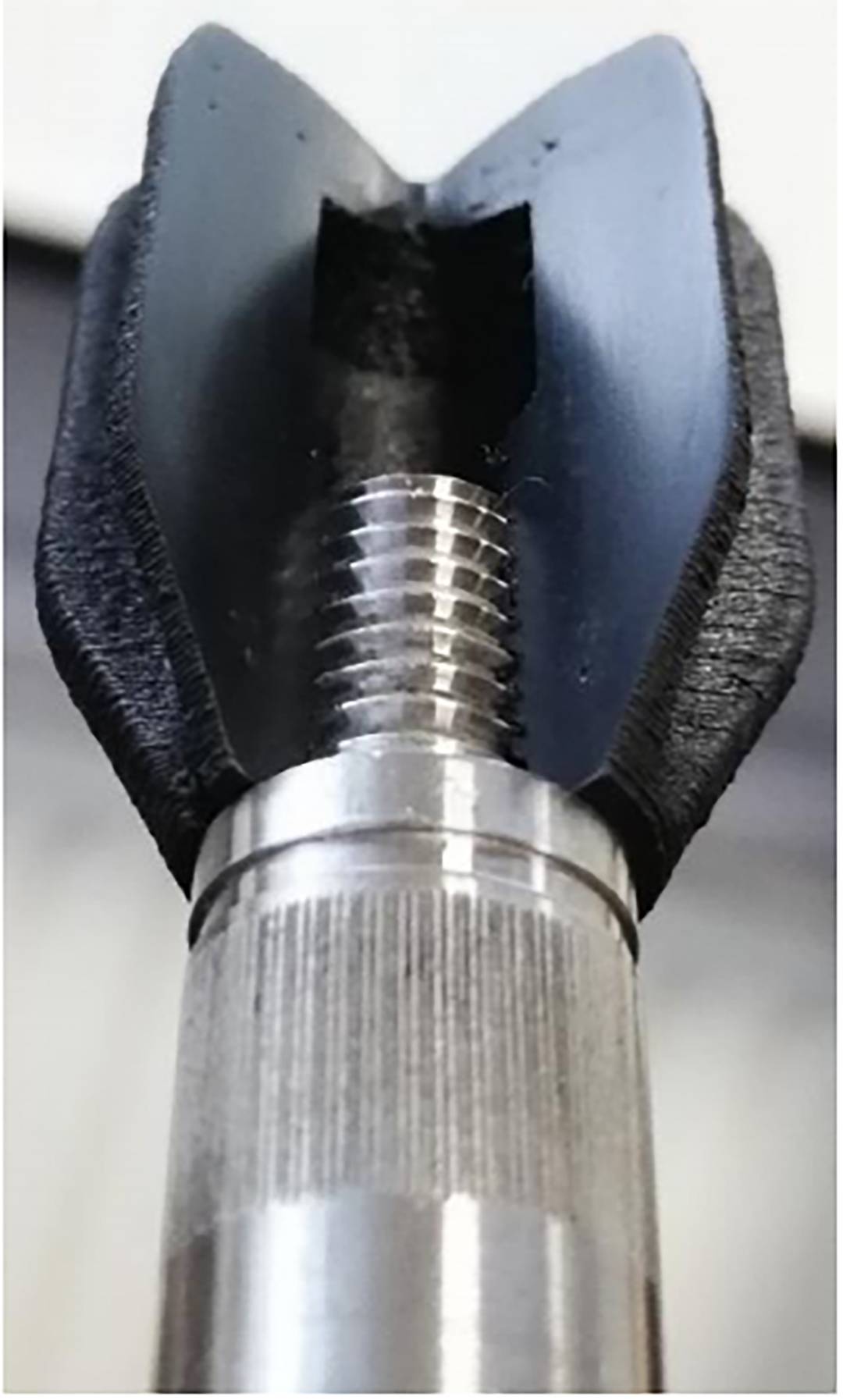
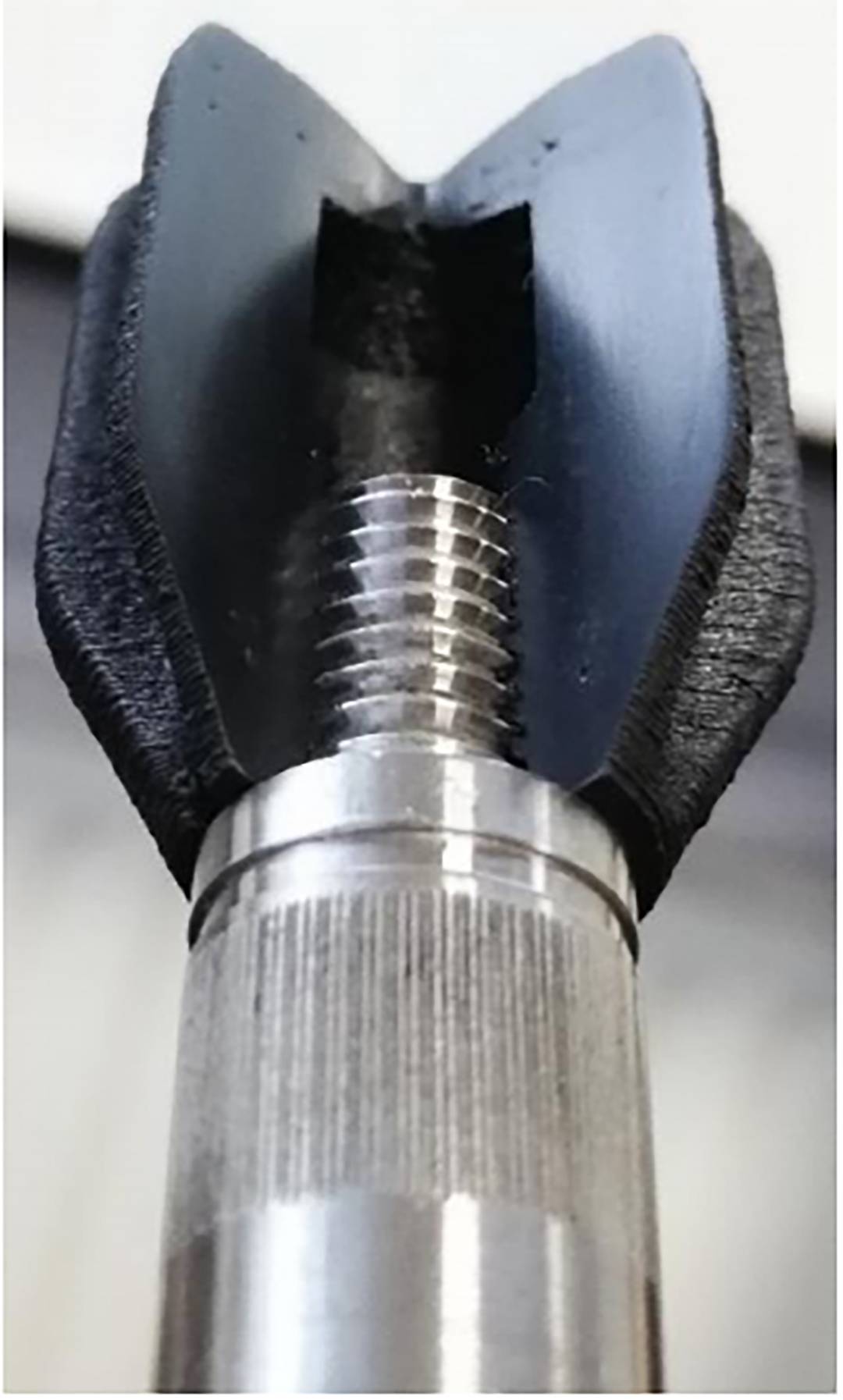
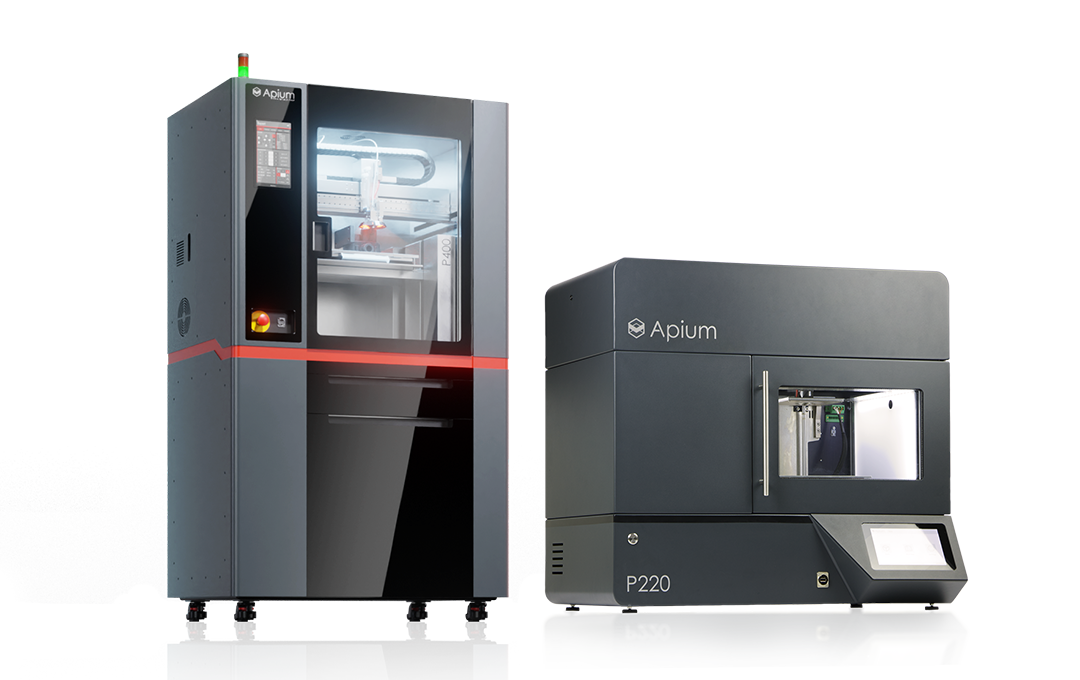
 Home
Home Telephone
Telephone Message
Message







